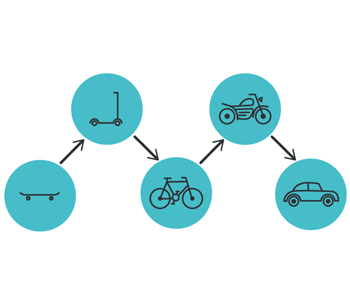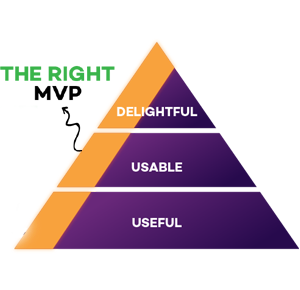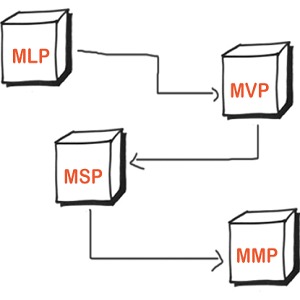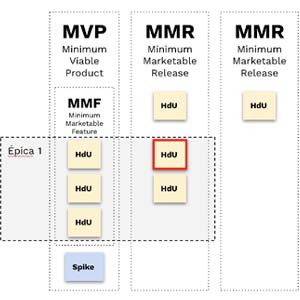Getting Familiar With the Main Startup Stages
Every new company experiences certain lifecycle stages and it may be tricky to identify them at first. Yet, once you know what to expect — your chances to succeed increase.
Here’s an easy breakdown of the main startup stages and an overview of how they influence a new tech company’s development.
Identifying a Market Need
The truth is that not everyone is willing to buy what you are selling. So, while confidence is a huge advantage you still need to learn if there is a market need for your product. Identify your target audience, conduct market research and provide focus group testing. You want to know for sure who you are selling your product to and whether or not they want to spend money on it.
Conceptualizing the Product
At this stage, you have to conceptualize your idea just enough to receive meaningful customer feedback. It may be a one-page website or a Powerpoint presentation — test your concept’s problem/solution fit with potential customers.
Building the Product Roadmap
Once you’ve conceptualized the idea, it’s time to build a product roadmap. Basically, it is a strategic plan of your product development which contains all the key stages, plans, and business objectives. Why do you want to launch your product? Who is your target audience? Where do you start? Include these and other details regarding timing, product vision, and metrics into the roadmap.
Developing a Minimum Viable Product (MVP) and Releasing it to Users
Then you have to focus on MVP development. Make it really basic, just the features you would need to test the product/market fit and get significant results. The goal is to collect user feedback about the product in general and understand what users like most about it.
Iterating Based on User Feedback
Following the previous step, you should iterate again and again based on the user reaction. Take feedback from the last iteration and implement the necessary changes to the product. Continue to collect qualitative responses and test the product again. MVP project management requires improving the product until you get a perfect loveable version of it.



































